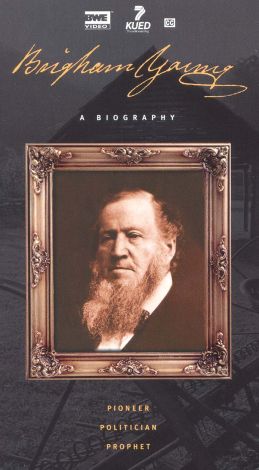

To his credit, Arrington presents Young’s legacies of self-sufficiency, cooperation, and temporal salvation while preserving the emotional range of a prophet who felt equally comfortable expressing the sarcasm of a Twain, the outrageous Yankeeisms of a Thoreau, or the “tender ness of a Florence Nightingale.” The second problem confronting a Young biographer is an ideological and professional one. First-and Arrington notes this in his introduction-is reducing the legendary American enigma to just one volume. 522 pages, $24.95.) A biographer of Brigham Young faces two major problems. The devotee of western art will feel more at home with Bodmer’s Indian studies, but may find the works in Broder’s book a welcome revelation. And it is a safe bet that no western art book published in the near future will contain more unfamiliar names and paintings. Broder’s book provides a fund of information on some neglected artistic confrontations with the western fact. Does that mean that those who stuck to their guns and never abandoned representational modes are the true heroes of twentieth-century art? Or just that critical accepance in the East remains the seal of approval when it comes to “the modem vision”? It would be unfair to end on a sour note. It is “again critically acceptable to paint representationally,” she writes. Granted that their preference for the highwayclutter of the twentieth-century West distinguishes them from the contem porary “cowboy artists,” their new freedom is from the monopoly of the nonrepresentationalist modes Broder herself has been at pains to praise. Yet in the end Broder claims that “Western art is by nature representational,” and lauds the freedom enjoyed by western artists today, notably the Photo-realists, to paint representationally. Artists are praised for breaking free of romantic-representational forms and pegged as innovative because they essayed nonobjective approaches to western themes- imported conventions, in short, being preferable to traditional ones. The shorter commentaries are essentially appreciations, placing each artist within modernist conventions. With so much to cover, the criticism does not cut deep. She sometimes covers more than twenty artists in a chapter, though Robert Henri, John Sloan, Marsden Hartley, John Marin and Georgia O’Keeffe, whose images retain their power to astonish, merit chapters of their own. Reviews 137 Broder divides her subject into categories (the realist vision, modernism, new images of Taos, American Indian modernists, etc.), provides a few pages justifying the category, then files short biographies and descriptive commen taries under the appropriate heading.



In lieu of an abstract, here is a brief excerpt of the content:


 0 kommentar(er)
0 kommentar(er)
